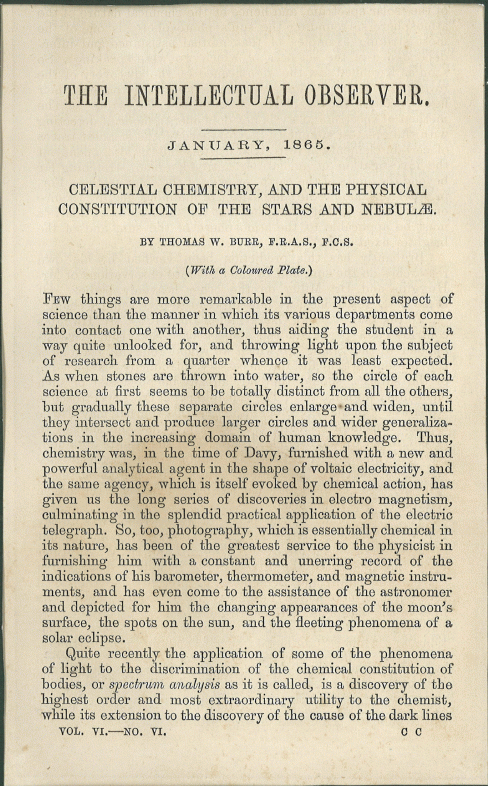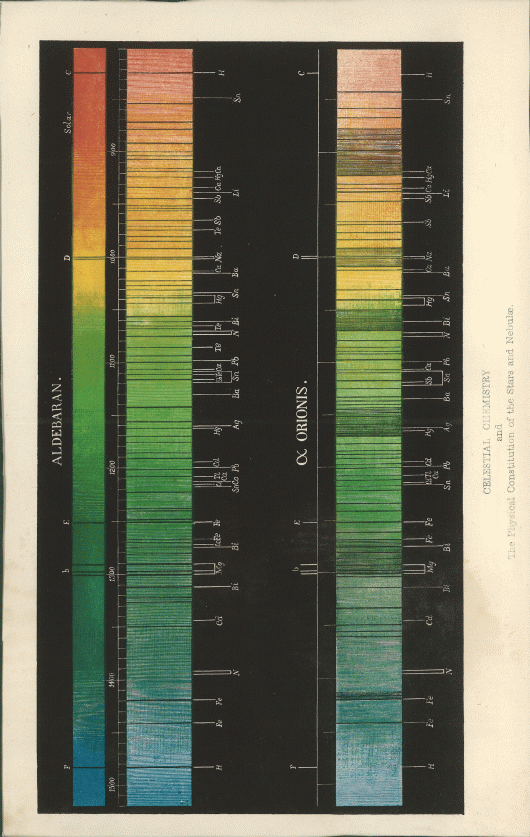
HST image of NGC 6302, courtesy of NASA/HST (from a press release)
Kevin Volk
Space Telescope Science Institute
3700 San Martin Drive
Baltimore, MD 21218 USA
Phone: 410-338-4409
Fax: 410-338-4211
E-mail: volk AT stsci.edu
Web: www.stsci.edu/~volk

|
Документ взят из кэша поисковой машины. Адрес
оригинального документа
: http://www.stsci.edu/~volk/
Дата изменения: Wed Sep 9 21:47:43 2015 Дата индексирования: Sat Apr 9 22:41:16 2016 Кодировка: |
HST image of NGC 6302, courtesy of NASA/HST (from a press release) |
Kevin VolkSpace Telescope Science Institute 3700 San Martin Drive Baltimore, MD 21218 USA Phone: 410-338-4409 Fax: 410-338-4211 E-mail: volk AT stsci.edu Web: www.stsci.edu/~volk |
 |
I am working at STScI in Baltimore as a support astronomer for the Near-Infrared Imager and Slitless Spectrograph/Fine Guidance Sensor, which is part of the upcoming James Webb Space Telescope mission. The instrument was built by the Canadian Space Agency. As part of this effort my position at STScI is supported from Canada. The NIRISS instrument was previously the Tunable Filter Imager (TFI).
Before moving to Baltimore in the spring of 2009 I had spent 6 years at
Gemini Observatory, mostly supporting the
mid-infrared instruments Michelle and T-ReCS. Switching to support of the
TFI/NIRISS instrument, which is completely different in design and wavelength
range than the thermal infrared astronomy I was used to, was quite a big
change in duties. Now some years later I am still not entirely
used to the change, but I now know a lot more about HgCdTe detectors and grisms
than I did before I came here.
Since late March 2014 I have been resident in Alberta, Canada, while still
working at STScI. Thanks to the internet and teleworking initiatives I am
able to carry out my work while only being physically present at STScI part
of the time. I am grateful to the people at CSA, HIA, and STScI who have
supported my relocation back to Canada from the United States while allowing
me to continue working on the project.
One might ask what I do when the NIRISS instrument will not be in operation
on JWST until roughly four years hence. Well, my main focus is on the
calibration of NIRISS. The type of things that I am working on include:
This means in practical terms that (a) I write a lot of reports on these
things and (b) I have more than 1 TByte of ground test data on which I am
carrying out analysis.
My research is done in cooperation with various people including:
The list of my refereed publications is
here. This is from the
ADS
Abstract Service searched for "K. Volk" with the papers by Karen Volk,
Klaus Volk, Kathryn Volk, and Katharina Volk removed from the list. I have
not found a way to search only for my papers without getting at least a few
of these other people's papers as well.
A listing of all of my bibliographic references is
here.
My publication totals are currently 105 published papers, and 218 total
bibliographic references. On the other hand I am the first author on
only 21 refereed papers in total; this is partially because I like
doing the work better than I like writing up papers once the work is done.
I attended (part of) the IAU General Assembly in Beijing (August 20-31,
2012) and gave an invited review talk on the 21 and 30 micron features in
carbon star spectra at the special session on "Unexplained Spectral Phenomena
in the Interstellar Medium". The powerpoint file for the talk can be downloaded
at this link.
Note that it is a moderately large file (about 18 MBytes) due to having
a number of plots/images inside. Whether it will make sense without my words
that go along with it is a good question. I wrote a conference paper based on
the talk, but that is limited to 2 pages so it is not very detailed. Possibly
I will expand the review into a regular publication, if I can figure out where
to publish such a thing. It was a fair amount of work getting the review
together, but it was educational. Looking at the basics afresh once in a while
is quite useful.
The following front two pages of an astronomy paper from 1865 and the
associated colour plate (probably from a colour drawing of the spectra)
may be of interest. The style of scientific papers has changed mightily in
the 150 years between this paper and ones published now.
I am not sure that the current style is an improvement. At least, not when
I write papers. Some others may have more style in writing papers than I do.
If you think that you know the right answer to
something, the following may give you food for thought: there might be another
interpretation that you did not think of.
(Note: the original version of the above image adds "They are also usually
wrong." under the word "Simplicity". However I do not like that: there is a
big difference between "wrong" and "not what was intended". That is my point
here. If the question had said "Find the length of side x", that would have
avoided this possible interpretation. And yes of course I know that this is
implied in the context of the question, but some of us are literal minded.)
What is a "Support Astronomer" anyway?
Useful Links
Research Interests
Research Collaborators
Publication Lists
Review Talk at the IAU General Assembly Special Session 16
Style in Science:



End Word:
